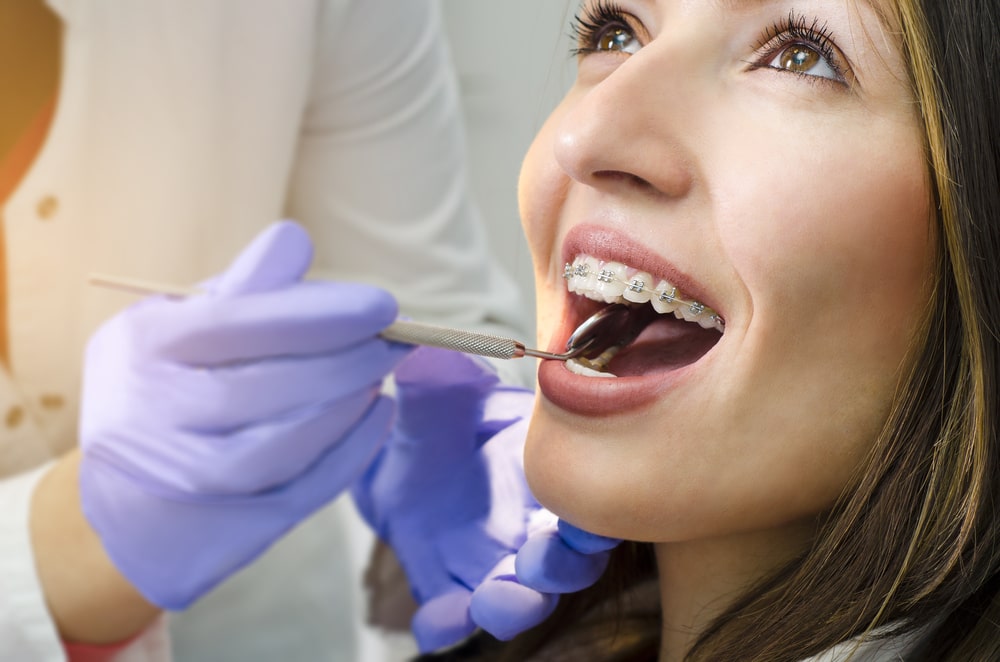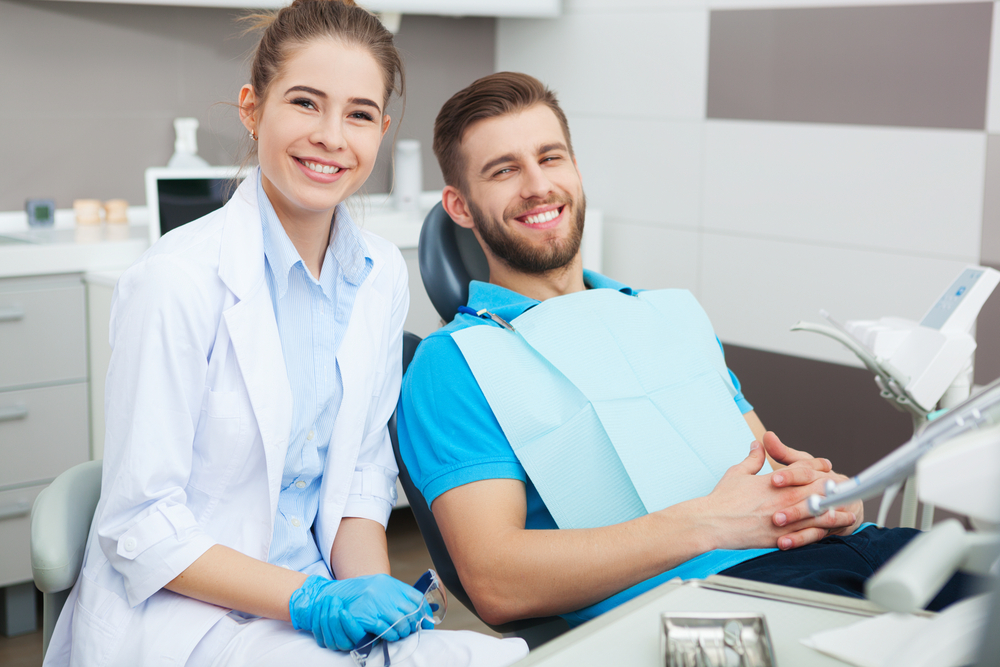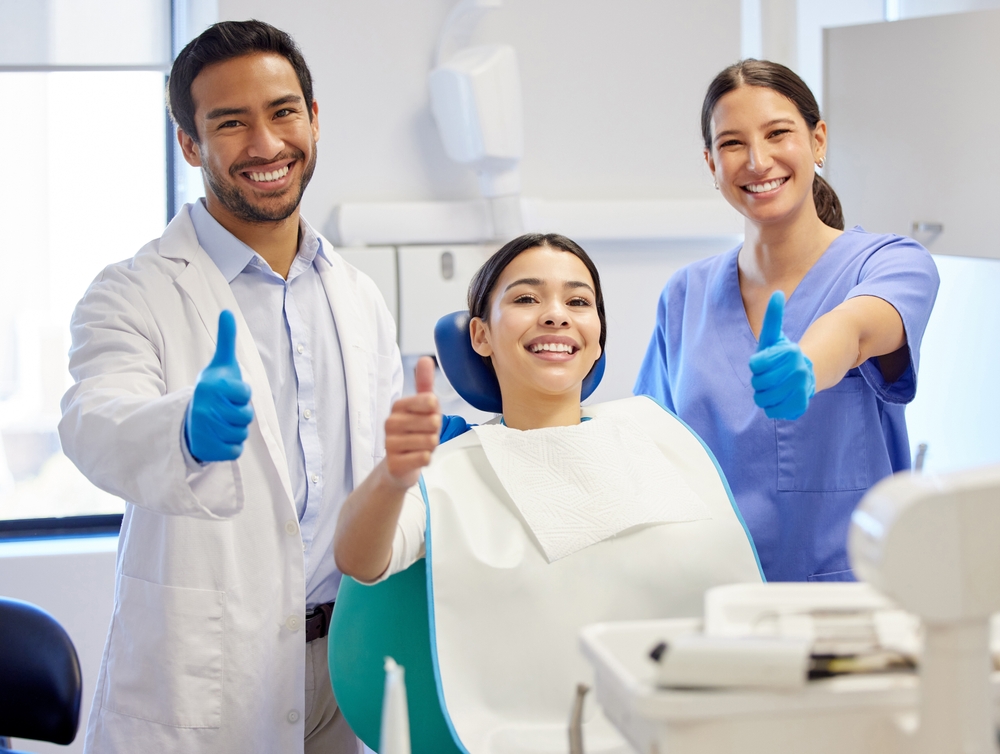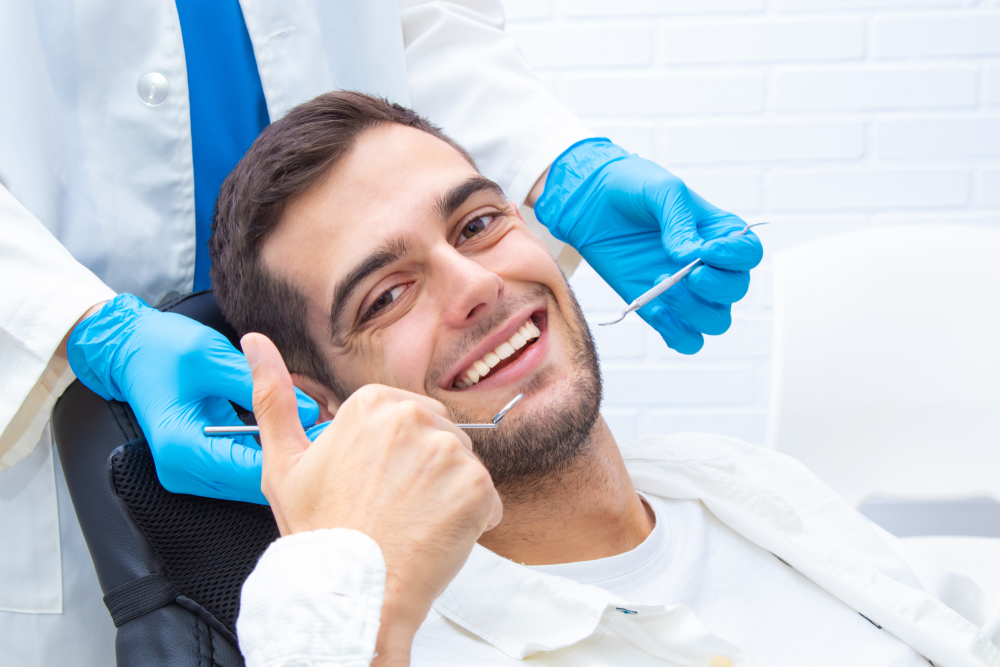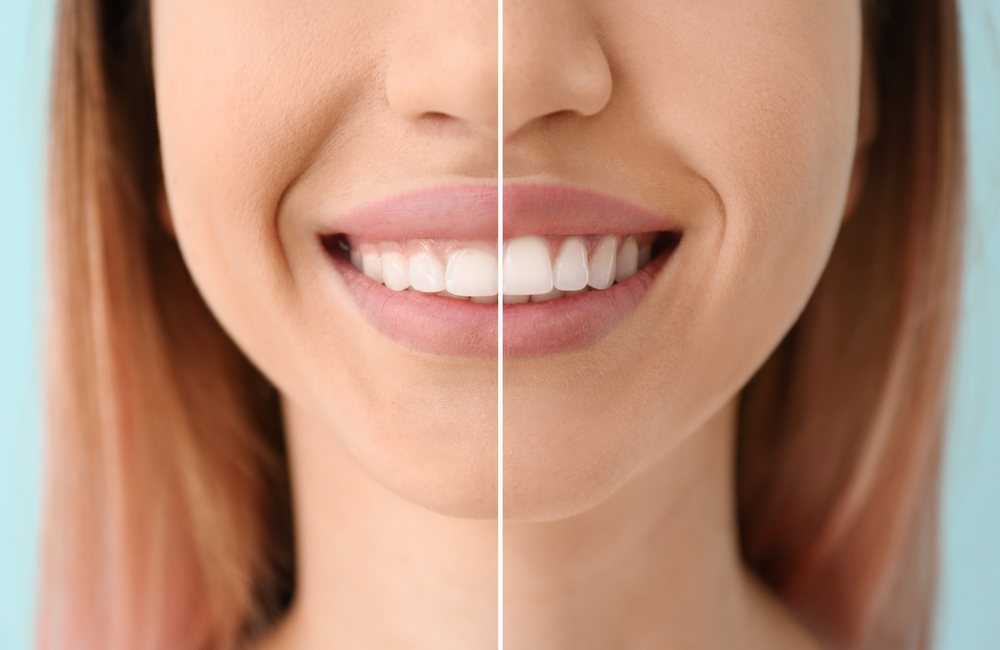Embarking on orthodontic treatment is a significant step towards achieving a healthier, more aligned smile. However, navigating the journey requires more than just regular visits to your orthodontist; it demands a dedicated approach to dental care. This blog aims to shed light on the comprehensive care your teeth need during this transformative period. From the intricacies of cleaning around braces or aligners to the dietary adjustments necessary to protect your new dental structure, we will guide you through the essential practices that ensure your path to a straighter smile is also a journey toward optimal oral health.
In This Blog:
- Understanding Orthodontic Appliances
- Daily Oral Hygiene Practices
- Eating Habits and Dietary Considerations
- Dealing with Common Orthodontic Issues
- The Importance of Regular Dental Care
Understanding Orthodontic Appliances
Orthodontic treatment often involves the use of appliances to correct the alignment of teeth and jaws. Among these, braces and aligners are the most commonly used, each with distinct features and care requirements.
Braces
Braces are the traditional orthodontic appliance and have been used for decades to straighten teeth and correct bite issues. They consist of brackets that are bonded to the front of each tooth and connected by a wire. These components work together to apply pressure to the teeth, gradually moving them into the desired position. Braces can be made from metal, ceramic, or a combination of materials. Metal braces are the most durable and effective for severe misalignments, while ceramic braces are less noticeable, blending in with the natural color of the teeth.
Aligners
Clear aligners, such as Invisalign, represent a more modern approach to orthodontics. They are custom-made, transparent plastic trays that fit snugly over the teeth. Patients receive a series of aligners, each slightly different, to wear in succession over the course of their treatment. Each aligner is worn for about two weeks and then replaced with the next in the series, gradually moving the teeth towards their final position.
Daily Oral Hygiene Practices
Next, we delve into the cornerstone of orthodontic care: daily oral hygiene. Maintaining excellent oral hygiene is essential during orthodontic treatment, whether you have braces or clear aligners. Each type of appliance has specific hygiene requirements to ensure the effectiveness of the treatment and the health of your teeth and gums.
Braces
Braces can trap food and plaque in hard-to-reach places, increasing the risk of tooth decay and gum disease. Here’s how to maintain oral hygiene with braces:

- Brushing: Use a soft-bristled toothbrush or an orthodontic toothbrush to clean around each bracket and wire. Brush after every meal and snack to remove food particles. Aim for at least two minutes of brushing time, focusing on all surfaces of the teeth and the gum line.
- Flossing: Flossing with braces requires more time and patience. Use a floss threader or orthodontic floss to navigate the floss under the main wire and between the teeth. Daily flossing is crucial to remove plaque and food debris that brushing alone cannot reach.
- Interdental Brushes: These are excellent for cleaning between brackets and wires. They can help remove larger food particles and plaque buildup in areas that are difficult to reach with regular floss.
- Mouthwash: Rinse with a fluoride mouthwash to help reduce plaque buildup and refresh your mouth after brushing and flossing.
Clear Aligners
Clear aligners offer a different set of challenges and conveniences for oral hygiene:
- Cleaning Aligners: Clean your aligners regularly with clear, antibacterial soap and lukewarm water. Avoid using toothpaste directly on the aligners as it can scratch the surface, making them less clear and more visible. Special cleaning crystals or tablets are also available for a deeper clean.
- Brushing and Flossing: Brush your teeth after each meal and before re-inserting the aligners to prevent trapping food and bacteria against your teeth. This is crucial to avoid cavities and maintain good oral health.
- Rinsing Aligners: Always rinse your aligners with water before reinserting them into your mouth. This practice helps to remove saliva and plaque that may have settled on them.
- Hydration: Drinking plenty of water helps to keep your mouth clean and prevents dry mouth, which can increase the risk of tooth decay. Water is especially important as it’s the only liquid you should consume while wearing clear aligners.
Eating Habits and Diet Considerations
Your diet plays a pivotal role in your oral health, especially during orthodontic treatment. Both braces and clear aligners require adjustments to eating habits to prevent damage to the appliances and to support oral health.
Braces
With braces, certain foods can cause damage or increase the risk of dental issues:

- Avoid Hard and Sticky Foods: Hard foods like nuts and candies can break wires and dislodge brackets. Sticky foods like caramel and chewing gum can get caught in braces and are difficult to remove, leading to increased risk of tooth decay.
- Cut Food into Small Pieces: Hard fruits and vegetables, like apples and carrots, should be cut into small pieces or cooked to soften them before eating. This prevents them from exerting too much pressure on the braces.
- Limit Sugary and Starchy Foods: Frequent consumption of sugary and starchy foods can lead to plaque buildup around brackets, increasing the risk of tooth decay and gum disease.
Clear Aligners
Clear aligners offer more flexibility in diet but still require some considerations:
- Remove Before Eating: Always remove your aligners before eating to avoid damaging them. This freedom means you can eat foods that are off-limits with braces, but it’s essential to brush and floss before re-inserting the aligners to prevent trapping food particles and bacteria against your teeth.
- Avoid Drinking Colored or Sugary Beverages With Aligners In: To prevent staining your aligners and to reduce the risk of cavities, avoid drinking anything other than water when wearing them. Beverages like coffee, tea, soda, and red wine can stain aligners and teeth, and sugary drinks can increase the risk of tooth decay.
General Dietary Tips
For both braces and aligners, some general dietary tips can help maintain oral health:
- Maintain a Balanced Diet: Eating a balanced diet rich in fruits, vegetables, lean proteins, and whole grains supports overall health and provides the nutrients necessary for maintaining strong teeth and gums.
- Good Oral Hygiene After Meals: Whether you have braces or aligners, maintaining good oral hygiene after meals is crucial. Brushing and flossing help remove food particles and plaque, protecting against tooth decay and gum disease.
- Stay Hydrated: Drinking plenty of water throughout the day helps wash away food particles and bacteria, and promotes saliva production, which naturally protects against tooth decay.
Dealing with Common Orthodontic Issues
Orthodontic treatment can sometimes lead to discomfort or mechanical problems with the appliances. Being prepared and knowing how to address these common issues can alleviate discomfort and prevent minor problems from becoming major setbacks in your treatment.
For Both Braces and Aligners
- Discomfort and Soreness: It’s normal to experience some discomfort after getting braces tightened or switching to a new set of aligners. Over-the-counter pain relievers, such as ibuprofen, can help alleviate this soreness. Rinsing with a warm saltwater solution can also soothe irritated gums and mouth tissues.
- Mouth Sores and Irritation: Orthodontic appliances can irritate the cheeks, lips, and tongue, especially when they are first placed or adjusted. Applying orthodontic wax to the protruding parts of braces can prevent them from rubbing against the mouth. For aligner users, ensure the edges of the trays are smooth and free of rough spots; if not, dental professionals can adjust them.
Specific to Braces
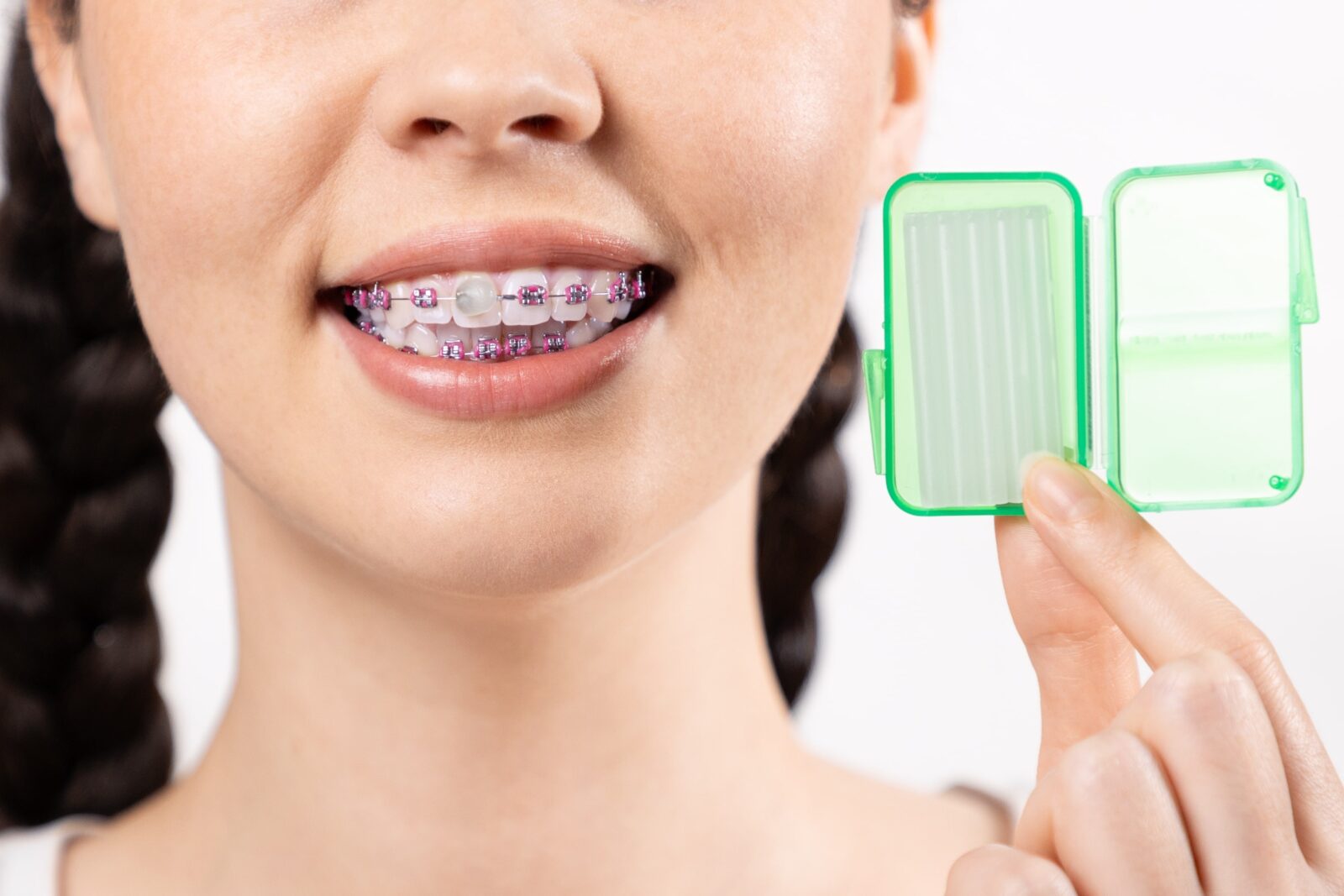
- Loose or Broken Brackets and Wires: If a bracket becomes loose or a wire breaks, cover the sharp end with orthodontic wax to prevent it from poking your mouth and contact your orthodontist as soon as possible for a repair appointment. Do not attempt to cut the wire yourself, as this could lead to swallowing or inhaling the small piece.
- Wire Poking: Sometimes, a wire may shift and poke the inside of the mouth. In such cases, use the eraser end of a pencil to gently push the wire flat against the tooth, or apply wax to the end of the wire to cover the sharp point until you can visit your orthodontist.
Specific to Clear Aligners
- Misfit or Lost Aligners: If an aligner doesn’t fit properly or is lost, it’s important to contact your orthodontist immediately. Wearing an ill-fitting aligner can hinder treatment progress, and a replacement should be obtained as soon as possible. Keep your previous set of aligners as a backup to prevent teeth from moving back to their original position in case the current set is damaged or lost.
- Cracked or Broken Aligners: While clear aligners are durable, they can crack or break if mishandled. If this happens, revert to your previous set of aligners and contact your orthodontist for a replacement.
The Importance of Regular Dental Care
Regular dental care during orthodontic treatment is paramount to ensuring the health and success of your orthodontic journey. Orthodontic appliances, whether braces or aligners, can complicate the process of cleaning teeth and gums, making it easier for plaque and tartar to accumulate and lead to dental issues like cavities and gum disease.
Regular check-ups and cleanings by a dental professional help to mitigate these risks, as they can remove plaque and tartar build-up in hard-to-reach areas and monitor the health of your teeth and gums. Moreover, these visits provide an opportunity for your dentist to identify and address any potential issues early on, preventing them from escalating and affecting the progress of your orthodontic treatment. In essence, maintaining regular dental care is not just about preserving oral health during treatment but also about ensuring the longevity and success of your orthodontic results.
Conclusion
In summary, caring for your teeth during orthodontic treatment is a multifaceted process that involves understanding your appliances, adhering to rigorous oral hygiene practices, managing your diet, addressing any orthodontic issues promptly, and maintaining regular dental visits. This comprehensive approach guarantees that your journey to achieving a perfect smile is successful and leads to lasting oral health.

